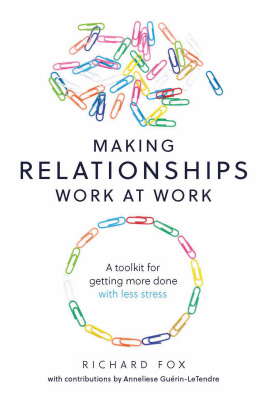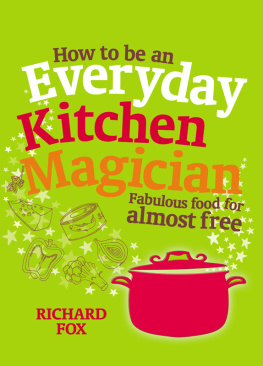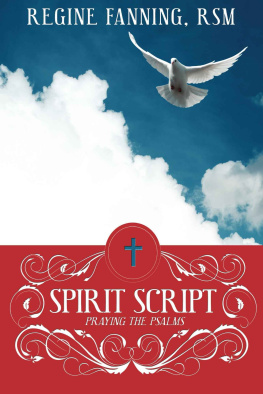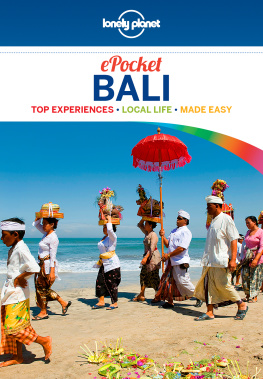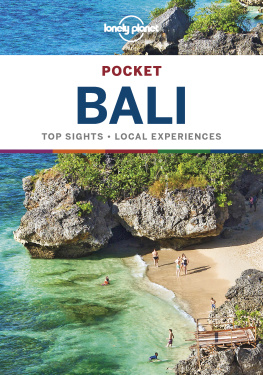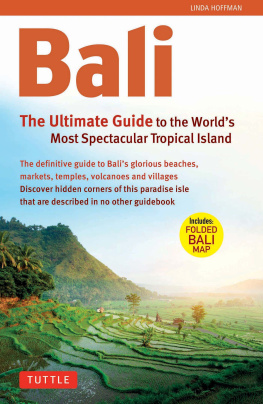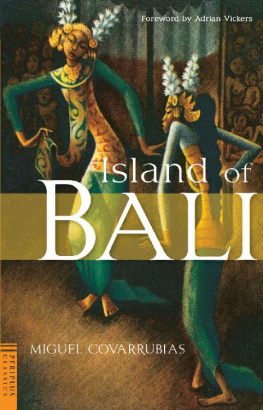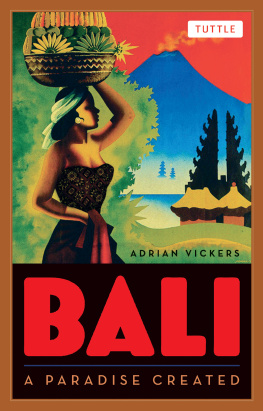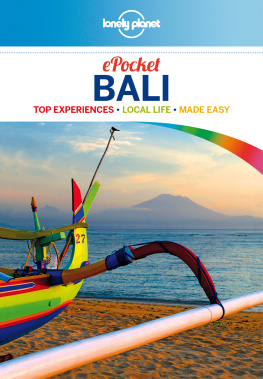ILLUSTRATIONS
Photographs
A palm-leaf manuscript
Women around the local coffee stall; a group of men sitting with their fighting cocks
The northern pavilion in Putus houseyard
Inside the northern pavilion at Putus houseyard; lontar manuscripts suspended from the rafters
Putu carrying one of the lontar out onto the front porch
Inscribing the body at the wedding ceremony
The Bali Orti Sunday feature in the Bali Post, with detail of Balinese script
Bali Orti, with photos and articles pertaining to traditional palm-leaf manuscripts
An ulap-ulap over a modern garage, with detail
Om Swastyastu painted in Balinese script over the front gateway to a houseyard
Banten suci offering, with detail of a freshly made ongkara-bearing jajan sara(s)wati
Rewriting the human body from the ashes of a cremated corpse
The layout of a five-chicken caru
The flag for the Caru Rsi Gana
Ida Rsi inscribing the rice flour on the banana leaf; an alternative method
Laying the banten caru complex in the hole prepared in the temple floor; the banten caru complex in the ground, with the CRG flag on top
Circumambulating the houseyard temple for the send-off at a caru rite
The crowd assembled around the baris dancers at the conclusion of the Grebeg Aksara
Police, military, and community officials awaiting the start of the procession
Students handing out the framed canvases bearing rarajahan and related configurations of aksara and other designs
Rows of young men and women dressed in nationalist red and white, waving Indonesian flags
The procession lined up and about to begin
The dancers with their fans, having collapsed under the spell of rangda
Figures
The standard eighteen aksara wrastra used for writing colloquial Balinese
The basic /na/ syllable transformed into /ni/, /n/, /ne/ (n), /nu/, /no/ and /n/
Mantric syllables as inscribed on the nagasari leaves laid out under the white duck
PREFACE AND ACKNOWLEDGMENTS
What is a text? By now the question probably seems pass, calling to mind an earlier moment when anthropological theorizing was preoccupied with poststructuralism and the writing culture debates. Academic fashion has long since moved on, to cultivate a more self-assured interest in things such as affect, ethics, and ontology. And yet, despite these more recent developments, the idea of the text has perdured, doing most of its work covertlyunderwriting all manner of enquiry, but often without the scrutiny of a self-consciously theoretical stance. Scholarship on religion in Southeast Asia is a case in point, where texts of various kindscanonical, colonial, literary, commercialcontinue to figure in our work as prominently as ever. But what does it mean to study a text? Or to cite a manuscript as an evidentiary source? What are the practices involved? On what grounds do they proceed? And precisely what can we hope to accomplish in the process?
Consider the following example. Late one afternoon a Balinese priest told me about a palm-leaf manuscript, or lontar, that enumerated the offerings required for a rite he had just performed. Having carefully filmed the proceedings, I wanted to have a look at the manuscript and review its rsum of offerings. But the priest did not have a copy at hand. So later that evening I sent an email to a colleague, and she replied within hours, forwarding an attachment that we both quite naturally called a copy of the manuscript. The attachment itself was a Microsoft Word file containing the romanized transliteration of a lontar from an aristocratic house at the eastern end of the island that had been borrowed for copying some four years before. This file was part of a collection of several thousand similar files held in a well-known digital archive of Balinese and Old Javanese manuscripts. Of course, these manuscripts are not actually manuscripts. They are computerized transliterations of manuscripts, painstakingly typed, checked, and cataloged by a team of experts. Occasional technical glitches notwithstanding, the regular typeface of the digital files makes them easier to read than the palm leaves they are meant to representwhich may be damaged or inscribed in an idiosyncratic hand. What is more, the electronic format enables an array of critical procedures that would be difficult, if not impossible, before digitizationfrom quick word searches and instant comparisons across expansive textual corpora, to more sophisticated morphological, syntactical, and statistical forms of analysis. It is in this respect that the digital archive has facilitated and extended traditional lines of philological enquiry, while at the same time enabling a new style of research. Displacing notecards, typewriters, and hard-copy dictionaries, the indispensable tools of the trade are now digital cameras, laptops, and an Internet connection.
Clearly none of this will come as news to readers familiar with current philological practice. Yet it is worth noting a certain ambivalence in the response to these developments. On the one hand, there is an understandable enthusiasm for the ever more powerful lexicographical tools, archival resources, and visual imaging afforded by the new technology. But, on the other, there is also a palpable sense of loss that may be detected in the growing number of studies focused on issues of textual materialitythat is, the sheer physicality of the inscribed object, which is absent from its digitally preserved copy. The ambivalence itself is hardly unique; new media often inspire an equivocal response. What makes this case most interesting is the underlying assumption that links technological enhancement with material diminutionnamely, the unexamined notion of a textual degree zero, to which new features are seen to be added, and others subtracted, through the process of digital storage and analysis. Put another way, our mixed feelings about the digital archive are premised on a largely unreflective commitment to the idea of writing in itselfthe supposedly brute fact of letters on a page. This book takes that assumption as its point of departure, using the ethnography from Bali to reflect on how a tacit understanding of script and writing has helped to shape anthropological thinking about broader questions regarding the nature of human agency and collective life.
A couple of cautionary notes are in order before carrying on ahead. The first pertains to the idea of religion. The history and theoretical difficulties associated with this term are the subject of an extensive critical literature, which this book mostly takes for granted. But, with specific reference to Bali, it is particularly important to distinguish between state-bureaucratic representations of Hindu religion (I. Agama Hindu) and the innumerable rites and related activities that permeate day-to-day life on the island. The former is characterized by a moralizing monotheism that aspires to the universal status of a world religion. By contrast, the latter rites and activities are often inextricably tied to a particular locale, incorporating aims and ideals that anthropologists and other regional specialists have more commonly associated with the less rigorously institutionalized activities of healing, sorcery, and self-fortification. The historical interplay between these variously overlapping articulations of Balinese religion is one of the books central concerns.



